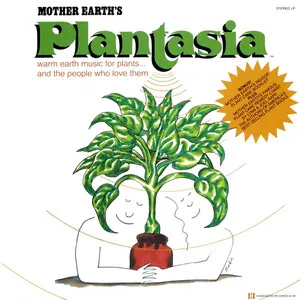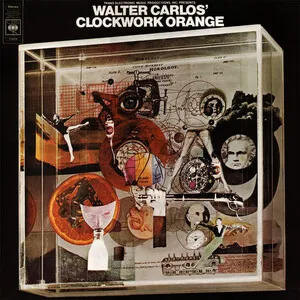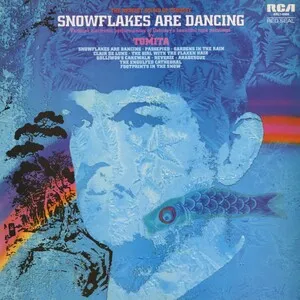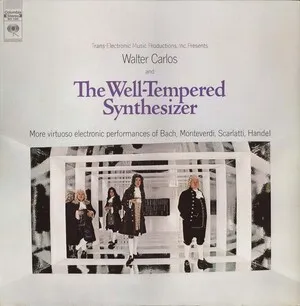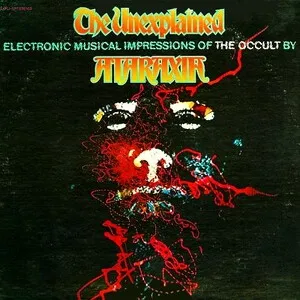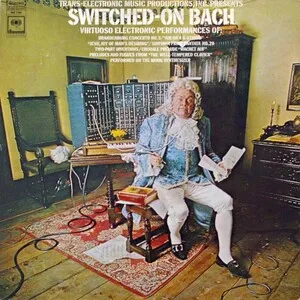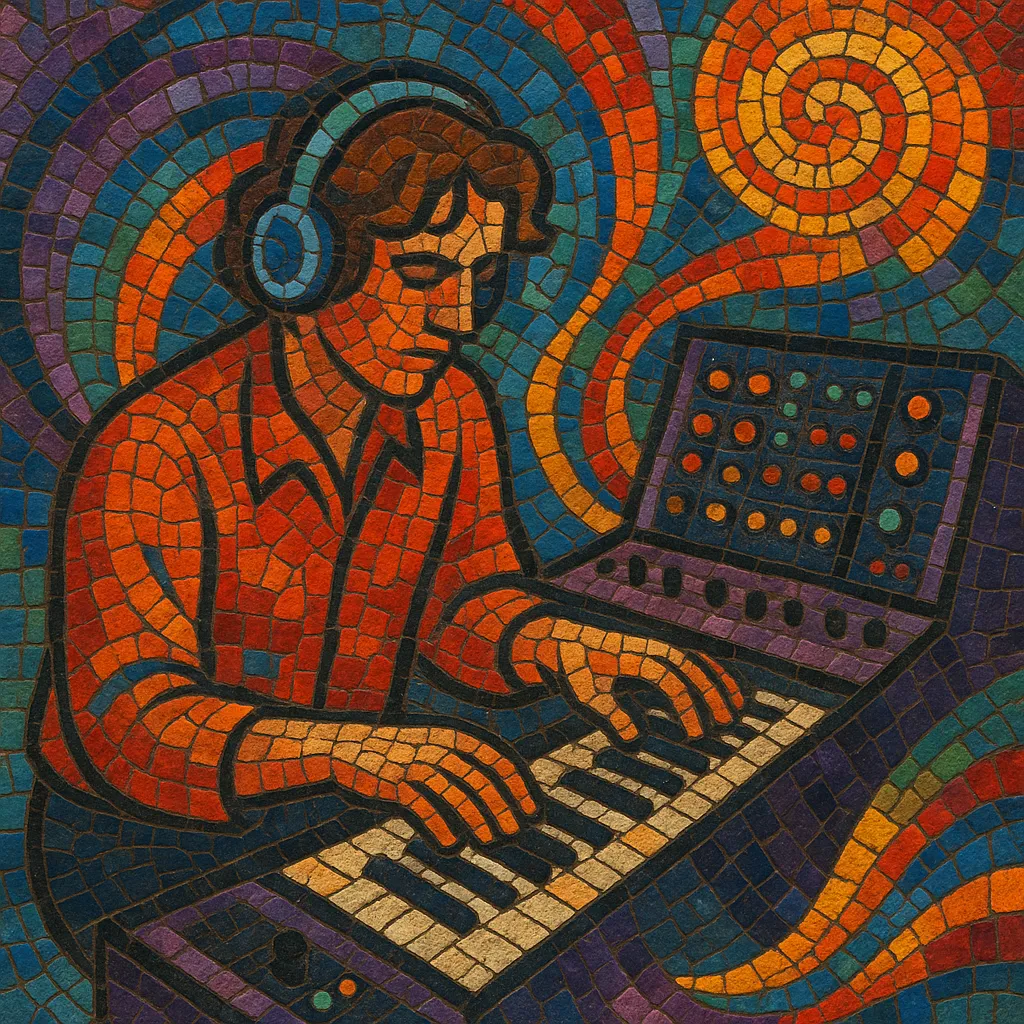
Your digging level
Description
Moogsploitation is a retroactively coined term for the late-1960s and early-1970s wave of pop-oriented records that showcased the Moog synthesizer as a novelty attraction.
These albums typically featured playful, technicolor arrangements, catchy lead lines, and filter-swept timbres, often covering current chart hits, film themes, or familiar classical tunes in a cheeky, futuristic style.
Sonically, moogsploitation sits at the crossroads of lounge and easy listening, space age pop, and early electronic experimentation. It foregrounds monophonic Moog leads, burbling bass ostinatos, spring/plate reverbs, tape echo, and stereo panning tricks, while rhythm sections lean on light pop, bossa-nova, or shuffle grooves.
The genre blossomed after the commercial success of Wendy Carlos’s Switched-On Bach (1968), prompting labels and arrangers to release “Moog-ified” LPs that celebrated the synthesizer’s new, otherworldly character.
History
Robert Moog’s modular synthesizer became commercially available in the mid-1960s, attracting experimental composers and adventurous pop arrangers. Early electronic novelty and tape-music culture set the stage, while lounge/easy listening and space age pop provided the audience and marketing angle.
Wendy Carlos’s Switched-On Bach (1968) proved that the Moog could be both musically sophisticated and commercially viable. Record labels quickly commissioned Moog-centered LPs that reimagined current hits and familiar repertoire. Within a year, releases like Gershon Kingsley’s and Dick Hyman’s albums, Martin Denny’s Exotic Moog, The Moog Machine’s Switched-On Rock, Claude Denjean’s Moog!, and Hugo Montenegro’s Moog Power proliferated.
Gershon Kingsley’s composition Popcorn (1969) became an international hit via Hot Butter’s 1972 version, cementing the Moog’s pop appeal. Mort Garson explored both cheeky and atmospheric sides (from erotically marketed concept LPs to the later cult classic Mother Earth’s Plantasia). Moogsploitation records thrived in hi-fi showrooms, bachelor pads, and radio as sonic signifiers of the future.
As synthesizers became integrated into mainstream rock, disco, and art music, the novelty-first approach waned. Yet the era’s bright monophonic leads, filter sweeps, and whimsical arrangements influenced subsequent synth-pop, space-themed disco aesthetics, and later crate-digger cultures. From the 2000s onward, reissues and online communities revived interest, feeding into hauntology, vaporwave, and broader retro-synth revivals.
How to make a track in this genre
Top albums
